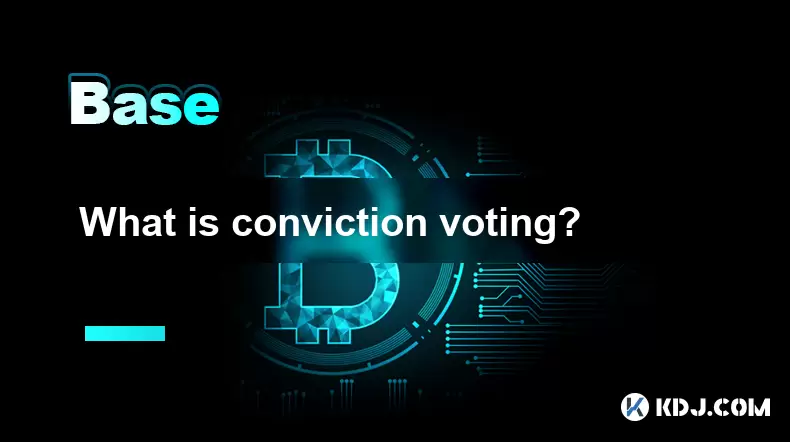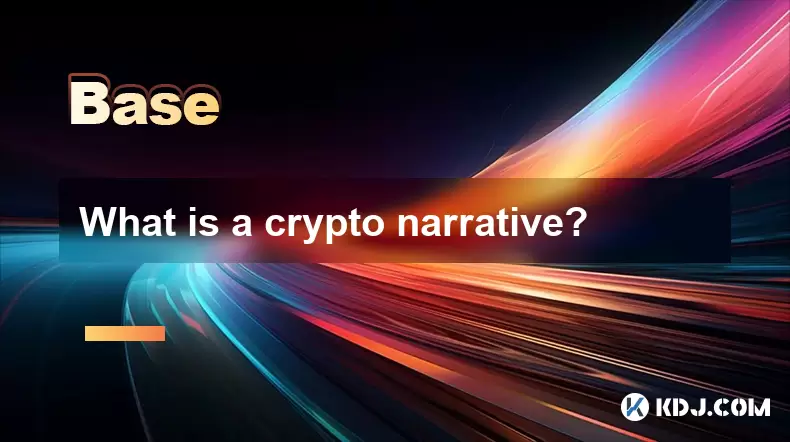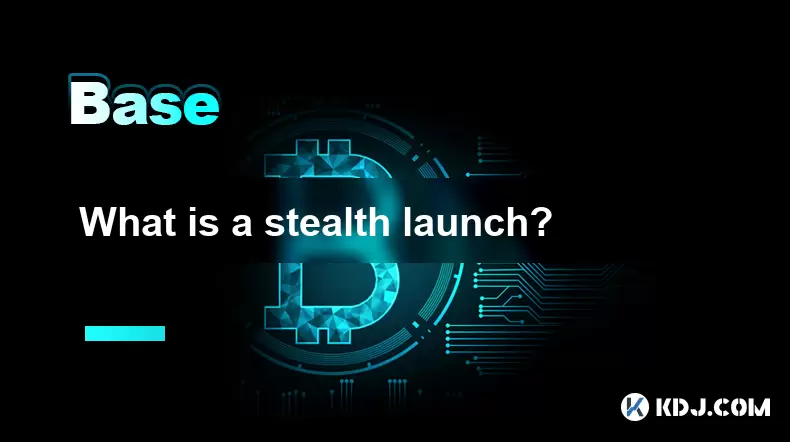-
 Bitcoin
Bitcoin $108,338.0981
-0.13% -
 Ethereum
Ethereum $2,566.4077
1.16% -
 Tether USDt
Tether USDt $1.0001
-0.01% -
 XRP
XRP $2.2841
-2.59% -
 BNB
BNB $658.5241
-0.17% -
 Solana
Solana $150.3819
-1.08% -
 USDC
USDC $0.9999
-0.01% -
 TRON
TRON $0.2864
-0.24% -
 Dogecoin
Dogecoin $0.1694
0.24% -
 Cardano
Cardano $0.5813
-0.72% -
 Hyperliquid
Hyperliquid $37.8292
-4.60% -
 Bitcoin Cash
Bitcoin Cash $503.3593
1.69% -
 Sui
Sui $2.8784
-0.69% -
 Chainlink
Chainlink $13.4784
-0.43% -
 UNUS SED LEO
UNUS SED LEO $9.0793
-0.27% -
 Stellar
Stellar $0.2537
-0.41% -
 Avalanche
Avalanche $18.0047
-0.23% -
 Shiba Inu
Shiba Inu $0.0...01181
1.56% -
 Hedera
Hedera $0.1608
0.49% -
 Toncoin
Toncoin $2.7568
-0.93% -
 Litecoin
Litecoin $86.4121
-0.20% -
 Monero
Monero $313.7273
-0.86% -
 Polkadot
Polkadot $3.3715
-0.66% -
 Dai
Dai $1.0001
0.01% -
 Ethena USDe
Ethena USDe $1.0004
0.03% -
 Bitget Token
Bitget Token $4.2902
-0.54% -
 Uniswap
Uniswap $7.5361
2.73% -
 Aave
Aave $285.6090
-0.55% -
 Pepe
Pepe $0.0...09958
0.28% -
 Pi
Pi $0.4560
-0.65%
What is conviction voting?
2025/07/08 11:36

Understanding Conviction Voting in Decentralized Governance
Conviction voting is a decentralized decision-making mechanism used primarily in blockchain-based governance systems. It allows token holders to express their support for proposals by continuously allocating their tokens over time, which builds up a measure of "conviction." Unlike traditional one-time voting systems, conviction voting dynamically adjusts the influence of votes based on how long participants maintain their support.
This system encourages long-term commitment and discourages short-term manipulation or spamming of governance proposals. The longer a user keeps their tokens allocated to a specific proposal, the more weight their vote carries. This helps align incentives with the project's long-term health rather than fleeting interests.
How Does Conviction Voting Work?
At its core, conviction voting uses a mathematical model that calculates the conviction score of a proposal based on two main factors: the number of tokens allocated to it and the duration those tokens have been committed.
- Token Allocation: Users lock up their tokens to signal support for a proposal.
- Time Factor: The conviction score grows quadratically with time, meaning that the longer a user holds their allocation, the greater their influence becomes.
When a proposal reaches a predefined threshold of total conviction, it gets enacted automatically. If a user decides to withdraw their support, their conviction for that proposal decays exponentially, reducing its chances of passing.
This dynamic ensures that only proposals with sustained community backing are implemented, while unpopular or temporary ideas fade away without consuming resources.
Use Cases in Blockchain Projects
Several decentralized autonomous organizations (DAOs) have adopted conviction voting as a way to manage treasury funds, allocate resources, and prioritize development initiatives.
One prominent example is the Aragon Network, which experimented with conviction voting to determine how grants should be distributed from its community fund. Similarly, DXdao utilizes this model to make decisions related to protocol upgrades and funding allocations.
In these environments, conviction voting serves as a trustless and transparent method for communities to self-govern without relying on centralized authorities or intermediaries. It eliminates the need for repeated snapshot votes and instead fosters continuous engagement and accountability.
Benefits Over Traditional Voting Systems
Traditional voting models often suffer from low participation rates and susceptibility to manipulation through flash loans or short-term token rentals. Conviction voting addresses these issues by:
- Promoting long-term stakeholder involvement
- Reducing governance fatigue through continuous commitment
- Preventing vote-buying tactics due to the time-weighted nature of influence
Additionally, because users must maintain their token commitments over time, there’s a natural disincentive for malicious actors to manipulate outcomes. This creates a more resilient and representative governance process, where decisions reflect genuine community sentiment rather than transient speculation.
Moreover, conviction voting enables dynamic resource allocation, allowing funds to be released gradually as support solidifies, which can help prevent misallocation of capital.
Technical Implementation Details
To implement conviction voting, a smart contract tracks each user’s token allocation across all active proposals. For each proposal, the system computes a running total of conviction using a decay function that diminishes the influence of withdrawn support.
The formula typically follows this structure:
- Conviction = (Tokens Allocated) × (Time Held)^2
This quadratic weighting emphasizes the importance of prolonged commitment. When a user removes their tokens, the conviction associated with their vote begins to decay, reducing the proposal’s overall score.
Smart contracts enforce rules around minimum conviction thresholds for proposal enactment, cooldown periods before tokens can be reclaimed, and mechanisms to handle overlapping or conflicting proposals.
Users interact with the system via a front-end interface, where they can view ongoing proposals, allocate or withdraw tokens, and monitor conviction levels in real time.
Challenges and Limitations
Despite its advantages, conviction voting is not without challenges. One major issue is liquidity lock-up, as users must keep their tokens staked to maintain influence. This may deter participation from users who prefer liquidity or are wary of impermanent loss.
Another concern is the complexity of understanding conviction metrics, especially for new users unfamiliar with quadratic weighting or exponential decay functions. Clear UI/UX design becomes essential to ensure accessibility and informed decision-making.
There’s also the potential for slow decision-making processes, particularly when controversial proposals require extended periods of deliberation. While this can be seen as a feature that promotes thoughtful governance, it may hinder agility in fast-moving markets.
Lastly, if a large holder suddenly withdraws their support, it can cause significant shifts in conviction scores, potentially destabilizing previously approved proposals.
Frequently Asked Questions
Q1: Can I use conviction voting on Ethereum-based DAOs?
Yes, several Ethereum-based DAOs like Aragon and DXdao have integrated conviction voting into their governance frameworks. These implementations are typically built using open-source tools and customizable smart contracts.
Q2: How do I track my conviction score for a proposal?
Most platforms with conviction voting provide dashboards where users can view their current token allocations, conviction scores, and the status of active proposals. These interfaces update in real time as allocations change.
Q3: What happens if I remove my tokens before a proposal passes?
If you remove your tokens, your conviction for that proposal will begin to decay. Depending on how much time has passed and how much conviction was accumulated, the removal could significantly reduce the proposal’s chances of reaching the required threshold.
Q4: Is conviction voting resistant to Sybil attacks?
Conviction voting is generally resistant to Sybil attacks because it requires economic commitment—tokens must be held over time to build influence. However, projects should still implement identity verification or reputation layers to further enhance security.
免責聲明:info@kdj.com
所提供的資訊並非交易建議。 kDJ.com對任何基於本文提供的資訊進行的投資不承擔任何責任。加密貨幣波動性較大,建議您充分研究後謹慎投資!
如果您認為本網站使用的內容侵犯了您的版權,請立即聯絡我們(info@kdj.com),我們將及時刪除。
- Coinbase(Coin)IPO閃回:集會過度擴展還是剛開始?
- 2025-07-08 22:50:12
- Toonie麻煩:像專家一樣發現假貨
- 2025-07-08 22:50:12
- Coinbase,Crypto Stocks和Ozak AI:乘坐Web3浪潮
- 2025-07-08 23:10:14
- BTC,打snter代幣和加密貨幣場景:有什麼交易?
- 2025-07-08 23:15:12
- 模因硬幣,早期投資,拋物線增長:捕捉波浪
- 2025-07-08 22:30:12
- 加密,機構,BTC&ETH:新時代黎明
- 2025-07-08 22:30:12
相關知識

What is a user-generated content (UGC) NFT platform?
2025-07-04 13:49:21
<h3>Understanding the Concept of a UGC NFT Platform</h3><p>A user-generated content (UGC) NFT platform is a digital marketplace or e...

What is composability in DeFi?
2025-07-06 16:07:28
<h3>Understanding the Concept of Composability in DeFi</h3><p>Composability in DeFi refers to the ability of decentralized finance p...

What is a "crypto primitive"?
2025-07-05 22:14:34
<h3>Defining the Concept of a Crypto Primitive</h3><p>In the context of blockchain and cryptocurrency, a crypto primitive refers to ...

What is a crypto narrative?
2025-07-07 22:56:30
<h3>Defining the Concept of a Crypto Narrative</h3><p>A crypto narrative refers to the overarching story or theme that drives intere...

What is a stealth launch?
2025-07-08 06:42:39
<h3>What Exactly Defines a Stealth Launch in Cryptocurrency?</h3><p>A stealth launch refers to the practice of launching a cryptocur...

What is a fair launch?
2025-07-05 19:31:58
<h3>Understanding the Concept of a Fair Launch</h3><p>A fair launch refers to the release of a cryptocurrency or blockchain project ...

What is a user-generated content (UGC) NFT platform?
2025-07-04 13:49:21
<h3>Understanding the Concept of a UGC NFT Platform</h3><p>A user-generated content (UGC) NFT platform is a digital marketplace or e...

What is composability in DeFi?
2025-07-06 16:07:28
<h3>Understanding the Concept of Composability in DeFi</h3><p>Composability in DeFi refers to the ability of decentralized finance p...

What is a "crypto primitive"?
2025-07-05 22:14:34
<h3>Defining the Concept of a Crypto Primitive</h3><p>In the context of blockchain and cryptocurrency, a crypto primitive refers to ...

What is a crypto narrative?
2025-07-07 22:56:30
<h3>Defining the Concept of a Crypto Narrative</h3><p>A crypto narrative refers to the overarching story or theme that drives intere...

What is a stealth launch?
2025-07-08 06:42:39
<h3>What Exactly Defines a Stealth Launch in Cryptocurrency?</h3><p>A stealth launch refers to the practice of launching a cryptocur...

What is a fair launch?
2025-07-05 19:31:58
<h3>Understanding the Concept of a Fair Launch</h3><p>A fair launch refers to the release of a cryptocurrency or blockchain project ...
看所有文章

























































































